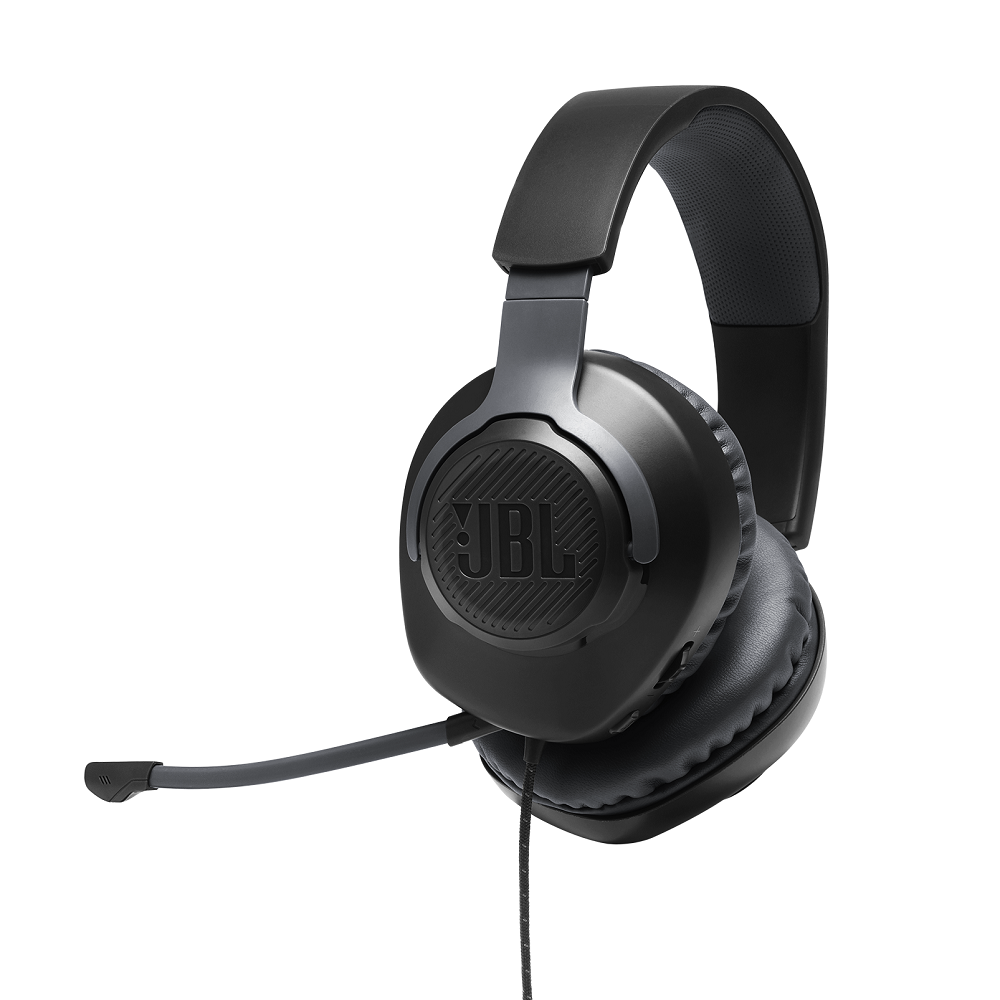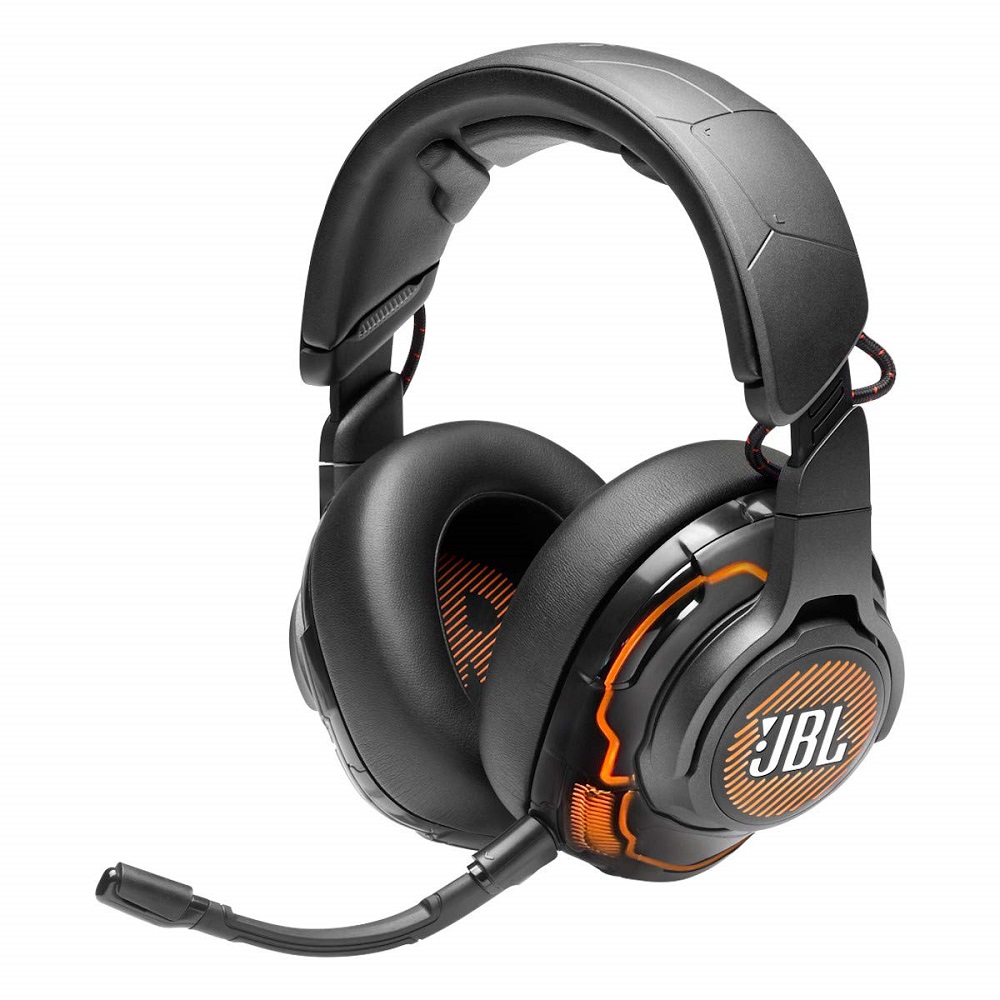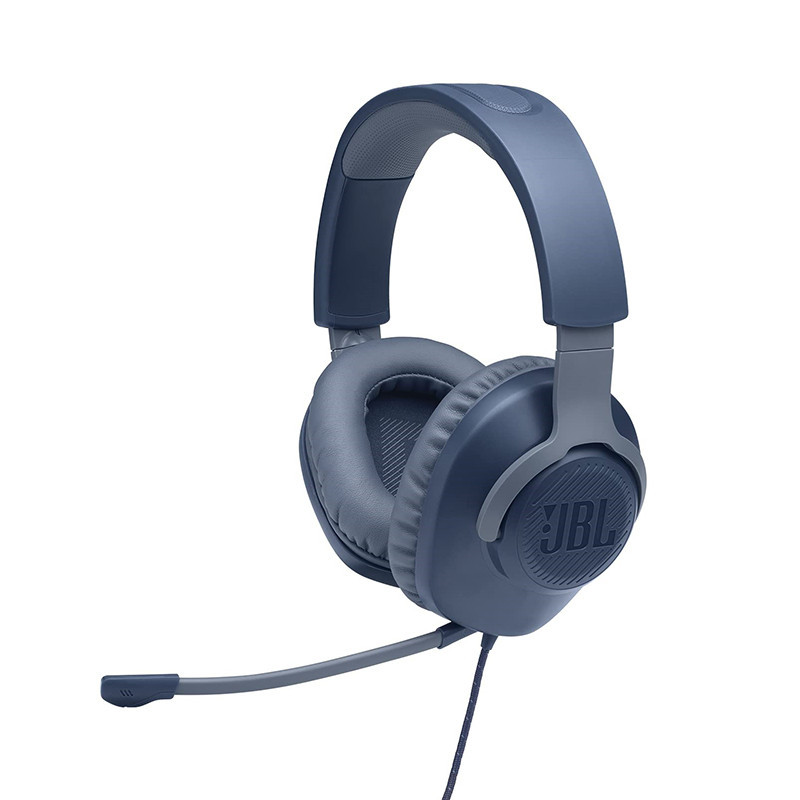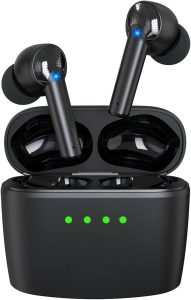Headsets are essential devices for many people, whether for gaming, listening to music, or making calls. A good headset can significantly enhance your audio experience, whether you’re engrossed in an epic gaming session, enjoying a podcast, or participating in a conference call. However, without proper maintenance, headsets can wear out quickly. This guide offers practical tips on how to maintain your headset for longevity, ensuring you get the most out of your investment and enjoy your audio experience for years to come.
Understanding Your Headset
The Different Types of Headsets
Before diving into maintenance, it’s essential to understand the type of headset you own. Whether you have over-ear, on-ear, or in-ear models, maintaining them may vary slightly. For instance, over-ear headphones often provide better sound isolation and comfort but can be bulkier, making cleaning and care different from that of in-ear models. In-ear headphones, which fit directly into your ears, usually require special attention to the fittings and tips that can attract earwax and dirt. Knowing the type of headset you have will help you identify which maintenance practices are appropriate.
Furthermore, many modern headsets come with additional features such as noise cancellation, wireless connectivity, and customizable sound profiles. Understanding these features not only enhances your experience but also informs you about the specific parts that require care, such as microphones, charging ports, and drivers. A well-informed user can better troubleshoot issues and extend the life of their device.
Key Components of a Headset
Getting familiar with the components of your headset is crucial for effective maintenance. Common parts include the ear cups, headband, microphone, cables, and connectors. Each part may require specific care, and understanding how they function together allows you to spot potential issues before they escalate. For example, if the ear cups are not securely attached or show signs of wear, this could indicate a need for attention to avoid damage.
Also, pay attention to any proprietary components your headset may have. Some models come with detachable cables or customizable ear pads, requiring careful handling to prevent breaking or misplacing these parts. By knowing your headset’s components, you ensure that no area is overlooked during maintenance, contributing to a more comprehensive approach to care.

Regular Cleaning
Cleaning the Ear Pads
Ear pads accumulate dirt, oil, and sweat over time, which can lead to discomfort and unpleasant odors during use. To clean them effectively, first, gently remove the ear pads if your model allows it. Use a soft, damp cloth or antibacterial wipes to clean the surface thoroughly, focusing on the areas that touch your skin. It’s crucial not to soak the pads, as too much moisture can damage the padding and cause it to deteriorate prematurely. If the ear pads are removable, consider washing them with mild soap and water, but allow them to air dry completely before reattaching them to the headset.
Additionally, if your headset features foam pads, keep an eye out for signs of wear, such as cracks or thinning areas. A well-maintained headset not only feels better but also provides a superior seal, enhancing sound quality. Regular cleaning of ear pads improves both hygiene and comfort, making for a noticeably better listening experience.
Cleaning the Microphone
The microphone is another crucial component that requires attention. Dust, lint, and debris can accumulate over time, affecting audio quality during calls or recordings. Use a soft brush or compressed air to clear any particles lodged in the microphone mesh. Be careful to avoid damaging the microphone itself, as these components are often delicate. If your microphone is detachable, clean it separately using the same method to ensure thorough cleaning.
In addition to regular cleaning, monitor the microphone’s performance. If you notice a decrease in audio clarity, it might be a sign that more extensive cleaning is needed or that it’s time for a replacement. A clean microphone ensures that your voice sounds clear and intelligible to your listeners, whether during a gaming session, work call, or recording session.

Proper Storage
Finding the Right Spot
When you’re not using your headset, proper storage significantly affects its longevity. Avoid tossing your headset into bags or leaving it on a cluttered desk where it can get tangled, crushed, or exposed to potential damage. Instead, designate a specific spot for your headset, such as a dedicated shelf or a soft pouch designed for storage. By creating a safe home for your device, you reduce the risk of physical damage and ensure that it remains in good condition.
Consider investing in a vertical headset stand, which not only keeps your headset safe but also helps prevent tangling of the cables. Many stand designs also incorporate features such as cable management systems to keep your cords neat and organized. By being mindful of storage, you set a foundation for better care and longevity of your headset.
Avoiding Extreme Conditions
When storing your headset, be mindful of environmental factors, such as temperature and humidity. Extreme heat can damage the internal components and degrade materials, while high humidity can lead to mold or corrosion. It’s best to avoid leaving your headset in a hot car, near radiators, or any places with fluctuating temperatures.
Also, if you live in a particularly humid area, consider using silica gel packs to absorb excess moisture in your storage space. This small step can create a protective barrier against humidity, keeping your headset in optimal working condition. By ensuring that your headset is stored under the right conditions, you’re taking proactive steps to prolong its lifespan.

Cable Care
Untangling and Organizing
Cables can easily become tangled or pinched, leading to internal damage and impaired performance. To prevent this, always hold the connector rather than pulling on the cable when unplugging your headset, which helps maintain the integrity of the cable. After use, gently coil the cable without making tight loops, as tight coils can strain the wires inside. Consider using cable organizers or Velcro straps to keep your headset cables tangle-free and secure.
Using cable clips or dedicated cable management solutions can further enhance organization. These tools keep cables in place, reducing wear and tear and making it easy to find your headset when needed. Investing in these minor tools can significantly improve the longevity of your headset’s cables.
Avoiding Fraying
As you handle your headset, conduct regular inspections of the cables for signs of wear or fraying. If you notice any exposed wires, stop using the headset immediately. The risk of short-circuiting or electrical shocks increases with damaged cables. Some users opt for electrical tape to temporarily secure minor frays until they can replace the cable. However, for significant damage, it’s best to seek a replacement from the manufacturer or an authorized dealer.
Additionally, you can look into cable sleeves or heat-shrink tubing, which can provide added protection against fraying or breaking. By prioritizing cable care, you protect the headset’s functionality and ensure a longer life for your audio device.

Battery Management (For Wireless Headsets)
Charging Practices
Proper battery management for wireless headsets is crucial for longevity, as lithium-ion batteries can degrade over time if not handled correctly. Avoid letting the battery drain completely before recharging; instead, aim to keep it charged between 20% and 80% whenever possible. This practice prevents deep discharges and helps extend overall battery lifespan. Always use the charger that comes with your headset, as third-party chargers may not be compatible and could potentially harm the battery.
Another tip is to keep track of your charging habits. Establish a routine for charging your headset at specific times, such as overnight or during downtime, which helps maintain optimum battery levels. Good charging practices greatly enhance the longevity of your wireless headset, allowing you to enjoy uninterrupted use.
Storing When Not in Use
If you plan to store your wireless headset for an extended period, charge it to about 50% before turning it off. This prevents the battery from discharging completely and prolongs its overall lifespan. When storing, place the headset in a cool, dry area free from direct sunlight. Avoid leaving it plugged in when fully charged, as overcharging may lead to battery deterioration over time.
Consider utilizing a storage solution that ensures safety while allowing for easy access. Keeping the headset in its original packaging or a protective case can safeguard it from external dangers while also reminding you to check for battery levels before you start using it again. Proper storage significantly impacts battery sustainability.

Software Updates
Installing Firmware Updates
Many modern headsets come with companion apps that facilitate firmware updates. These updates can fix bugs and enhance overall device performance by adding new features or improving existing ones. Check the manufacturer’s website regularly for available updates, or set up automatic notifications so you never miss an important update. Keeping your headset’s software up-to-date not only enhances functionality but also can resolve any glitches that might occur over time.
In addition to firmware updates, familiarize yourself with software that may be available for adjusting performance settings. Many brands offer options to tweak aspects such as sound profiles or microphone sensitivity through their applications. Engaging with these features can provide a more personalized experience and ensure that your headset remains in top-performing condition.
Customizing Settings
As you explore software features, take the time to customize your headset settings to suit your listening preferences. Adjusting equalizer settings, activating noise cancellation, and fine-tuning audio output can significantly improve your audio experience. Many users find that tweaking settings can also ease the load on internal components, reducing wear and prolonging lifespan.
Be proactive in making adjustments as your listening habits change or as you switch between different types of audio content. A well-tuned headset remains versatile and responsive, reinforcing its longevity. By actively managing settings and software, you keep your headset at its best for a longer time.
Listening Habits
Moderating Volume Levels
One of the most straightforward ways to extend the lifespan of your headset is to regulate your volume levels during use. Consistently listening at high volumes can strain the drivers, leading to diminished audio quality and potential burnout over time. Keeping the volume below 70% for prolonged listening sessions decreases the risk of damage to the internal components. Furthermore, many headsets include loudness warnings, so heed those alerts to protect your headset as well as your hearing.
If you find yourself in a noisy environment, instead of cranking up the volume, consider using noise-canceling features. That way, you can still enjoy high-quality sound without straining your equipment. By prioritizing moderate listening levels, you are not just looking out for your headset but also safeguarding your hearing in the long run.
Taking Breaks
Additionally, taking regular breaks during extended listening sessions can benefit your headset and your ears. Continuous use can lead to overheating and wear on internal components. Every hour or so, consider taking a brief break—this allows the headset to cool down and gives your ears a chance to rest, reducing the risk of discomfort or fatigue.
During this break, you can also take a moment to clean the headset or check for any visible wear and tear. Feeling the heat of the ear cups or noticing any discomfort can indicate that your headset needs a little attention. That level of mindfulness can significantly affect how long you enjoy your device, ensuring it performs well and remains comfortable to wear.
Conclusion
Maintaining your headset for longevity doesn’t have to be a cumbersome task. By following these practical steps, from regular cleaning to proper storage and battery management, you can keep your device functioning optimally for years. Understanding your specific type of headset, paying attention to cable care, and being mindful of listening habits all play a significant role in ensuring the hardware remains in great shape.
Investing time and effort into the care of your headset will lead to a superior audio experience without interruptions. Regardless of whether you are a casual listener, a gamer, or someone who relies on headsets for professional calls, these tips will help you make the most of your audio equipment. Embracing these maintenance practices allows your headset to accompany you on numerous audio adventures, remaining as robust and effective as the day you purchased it. Prioritize care, and you will reap the benefits of a well-maintained headset for years to come.



